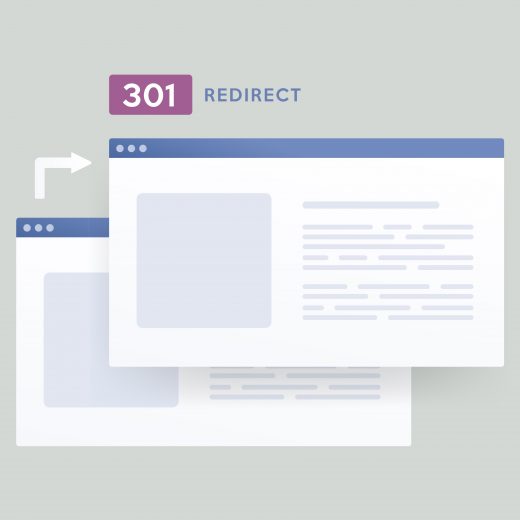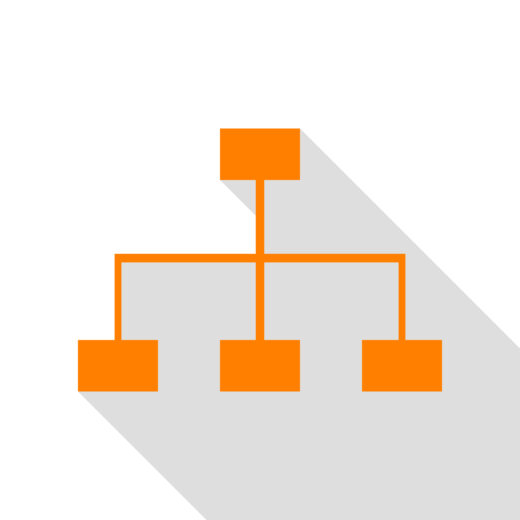HTTP Status Codes an SEO Should Know

In the broad and confusing world of technical SEO, there’s a lot of jargon to become familiar with. HTTPS status codes are a prime example of what you will need to know. While there are hundreds, here are a few important ones to note which can help you in understanding your site health and make traction with your SEO efforts.
So Why Are HTTP Status Codes Important for SEO?
Let’s start off with what they are. HTTPS status codes are sent by a website’s server and tell browsers whether requests they’re making can be fulfilled. Each code means something different and can help you to identify the technical issues your site’s facing. Alternatively, you can use them to treat the issues and give search engines precise instructions (for example to redirect a page or to not crawl and de-index a page entirely). Depending on the solution you implement, you dictate how authority is passed on to pages and ensure that minimal traffic is lost when pages are down.
There are a number of ways that you can identify what your pages bring up in crawls and when real users land on your site. Technical auditing tools such as screaming frog, SEMrush and Google Search Console can all highlight where these issues lie.
HTTP Status Codes an SEO Should Know
200 Codes
These are typically success messages and indicate that requests can be made.
301 Codes
A 301 code means that the content you’re requesting has been permanently moved. They are used to redirect old URLs to new ones and stop users landing on a 404-error page. As this is a permanent change, it should only be done if you’re sure and won’t go back to using the old URL. Link value is also transferred to the new URL, meaning that you won’t lose all the hard work that you put into your SEO.
302 Codes
302 codes are similar but are used when the content being requested has temporarily moved. You’re telling search engines that the old URL will be used again, and no link value will be transferred. If left for a long time though, these will be treated as permanent redirects.
304 Codes
These codes appear when a page has not changed since its last crawl and a cached version is used instead of sending the resource again. They are implemented for larger sites looking to reduce their crawl budget so that it is not eaten by unchanged pages.
307 Codes
Another temporary redirect and it replaces the 302 in HTTP1.1. They communicate that the change is temporary so the original URL must be used when making new requests.
403 Codes
A 403 code means that the content is forbidden for the user (may not have the right log in details).
404 Codes
These are possibly one of the most important in SEO and mean that the content has not been found. They should be kept to a minimum for obvious reasons as they can impact user experience and can hurt rankings. To reduce them, redirects should be put in place, pointing to the most relevant content. However, this isn’t always possible, like in the case of a product that is no longer available. Implementing good 404 architecture is key here as it enables users to still navigate and find their way around on your site and not just leave.
410 Codes
If you see a 410 code, the content being requested is permanently gone. It tells Google that you deleted the content and orders for it to be removed from the index.
500 Codes
This appears when you’re experiencing some sort of internal server error. It may be to do with your web host or the script on your site malfunctioning and can be checked in your server’s logs.
503 Codes
Similarly, 503’s are server-side errors and indicate that you could be doing something maintenance wise, have overloading or that there are other issues on the server.
For assistance with your SEO and technical issues, get in touch with a member of our team.






